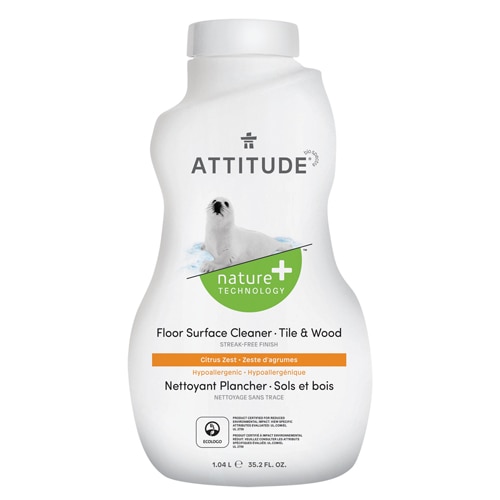If sitting at home causes you to sneeze in fits and turns your eyes watery, it is possible there is too much dust in your home.
Allergies to dust mites can trigger everything from allergic rhinitis to asthma and even eczema flare-ups. However, that doesn't mean you should panic if you tend to be a little lazy about
dusting.

Although health experts and others have said that real dangers can lurk in a dusty home, the concern is not great for many, says
Dr. Brian W. Christman, a Nashville-area pulmonologist and a volunteer spokesperson for the American Lung Association.
"For the most part, dust in the home is not a major health hazard," Christman says.
Dealing with dust in your home
For many generations, people have lived in dusty parts of the world -- including areas of the U.S. such as the Great Plains and other desert regions -- without experiencing overt health problems directly attributable to the presence of dust, Christman says.
In fact, exposure to dust can be necessary for good health.
"Trying to keep the home too clean can be problematic for young children," Christman says. "They need some low-level exposure to germs and antigens to allow their immune systems to adjust or calibrate to the environment."
The theory -- known as the "hygiene hypothesis" -- is that lack of exposure to such low-level environmental agents can increase the chances of allergy and asthma later in life.
Dust allergy symptoms
Despite the fact that dust is generally harmless to human health, there may be situations where exposure to too much dust can indeed cause problems. Signs to look for include:
- Recurrent sino-nasal symptoms, such as sneezing, postnasal drip, sinus headaches and runny nose
- Asthma symptoms, such as wheeze, cough or shortness of breath
"Folks can usually judge by their symptoms," Christman says. "If they are troubled by cough and wheeze or runny nose and notice dust puffing up when they sit on furniture -- or increased dust in the air when viewed across sunlight -- it might be best to try to reduce the dust burden."
How to protect your health from dust
About 80% of Americans are regularly exposed to dust mites, according to the
Asthma and Allergy Foundation of America.
If you experience symptoms, Christman says you should try to decrease exposure to both non-antigenic triggers (such as dust, smoke, fumes and chemicals) and antigens (such as cat dander and pollen).
If dust seems to be the source of the problem, start by closing your windows to keep any outside dust from getting inside.
Sweep and vacuum your home regularly. Those who have significant asthma that is triggered by dust should ask another family member to assist with the cleaning.
"Consider wearing a surgical mask for an hour or two after the vacuuming since such activities tend to stir up dust during the cleaning," Christman says.
You can also use an appropriately restrictive filter on your central air conditioning unit, and
air cleaners with HEPA filters also can be helpful.
"I would advise against using ozone generators to purify the air," Christman says. "Ozone is an oxidant that can irritate the nose and airways and can make asthma worse."
How to prevent dust at home
While cleaning the air can help, the AAFA notes that the best way to reduce dust in your home is to remove sources of dust and allergens in your home. These include:
- Pets
- Wall-to-wall carpet
- Soft furniture
- Stuffed toys
- Bedding
- Damp areas
- Indoor plants
- Mattresses that aren’t in allergy covers
- Pillows and bedding you can’t wash in hot water
To control dust mites in particular, reduce the level of humidity inside your home. Keep your windows closed, remove carpeting wherever possible and keep your walls bare. Vacuum once or twice a week, preferably with vacuums that have been certified as allergy- and asthma-friendly, says the AAFA.
Featured product

 Although health experts and others have said that real dangers can lurk in a dusty home, the concern is not great for many, says Dr. Brian W. Christman, a Nashville-area pulmonologist and a volunteer spokesperson for the American Lung Association.
"For the most part, dust in the home is not a major health hazard," Christman says.
Although health experts and others have said that real dangers can lurk in a dusty home, the concern is not great for many, says Dr. Brian W. Christman, a Nashville-area pulmonologist and a volunteer spokesperson for the American Lung Association.
"For the most part, dust in the home is not a major health hazard," Christman says.




